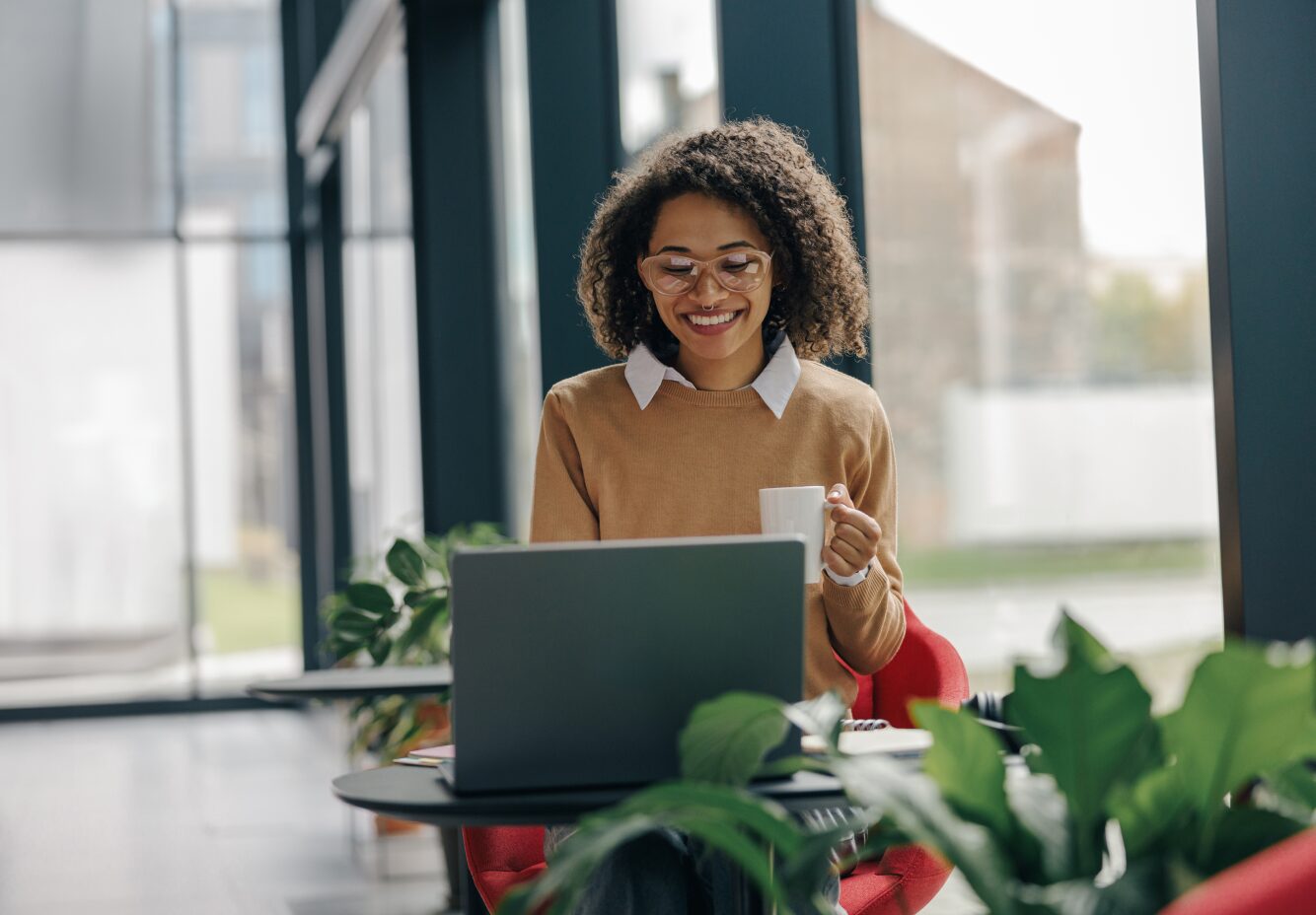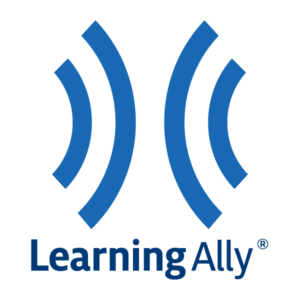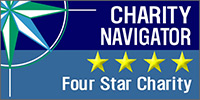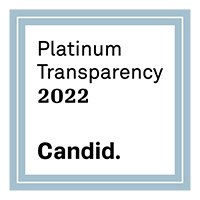Join Learning Ally
Get on the path to success
Learning Ally has human-narrated audiobooks that can jumpstart a love of reading and help you succeed.
Join today for 20% off using code MEM20. Your child can start reading today. With our app your child will experience less stress, more academic achievement and reading success




